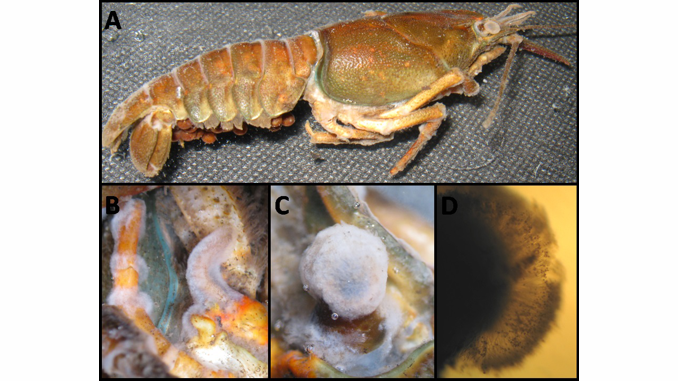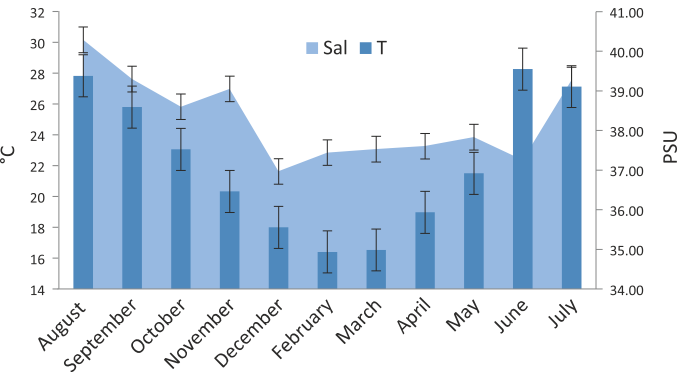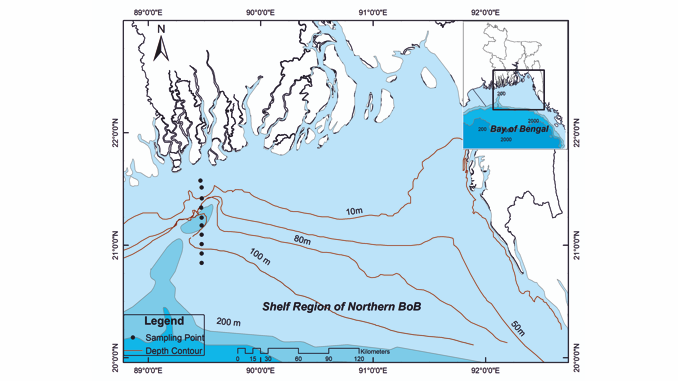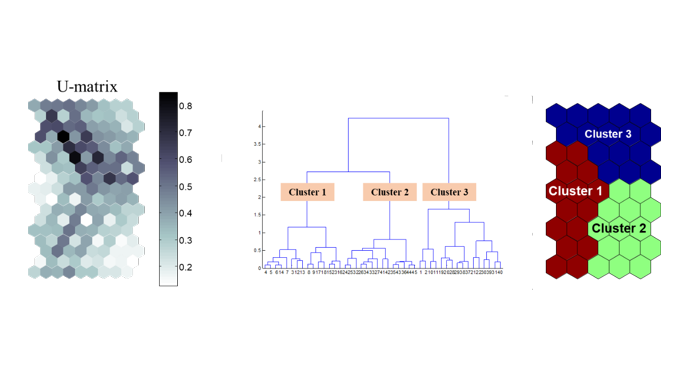Issue 4/2020 (December 2020)

The role of abiotic and biotic factors in interspecific competition of Polish crayfish – comprehensive literature review
Invasive species are those that have been transferred by humans out of their natural range. Native crayfish species in Polish waters include: Astacus astacus and Pontastacus leptodactylus, whereas invasive species are: Pacifastacus leniusculus, Faxonius limosus,

Spatio-temporal variation in the distribution and abundance of marine cladocerans in relation to environmental factors in a productive lagoon (Güllük Bay, SW Aegean Sea, Turkey)
In order to understand the effects of some physical (temperature and salinity) and chemical (dissolved oxygen, nitrate and chlorophyll a) factors on the abundance and distribution of cladoceran species, zooplankton samples were seasonally collected between

Seasonal and annual variability in chlorophyll-a in the shelf region of the Northern Bay of Bengal using MODIS-Aqua data
Chlorophyll-a (Chl-a) concentration is an important issue in ocean ecosystem management and research. This study investigates seasonal and annual variability in Chl-a and its relationship with sea surface temperature (SST) and river discharge in the

Response of the rotifer community to human-induced changes in the trophic state of a reservoir
Human disturbance and nutrient runoff lead to water pollution, particularly in downstream waters and reservoirs. We hypothesized that increased human activity in summer would affect the trophic state of downstream reservoirs, affecting the interannual species

Phosphorus forms in the sediment of seagrass meadows affected mainly by fungi rather than bacteria: a preliminary study based on 31P-NMR and high-throughput sequencing
Microorganisms play an important role in the circulation of phosphorus (P) in the sediment of coastal wetland ecosystems. In this study, solution <sup>31</sup>P nuclear magnetic resonance (NMR) was used to determine different forms of P

Influence of land development on the ecological status of small water bodies
Small water bodies play a specific role in the landscape, as they increase the mosaic pattern of a given area, retain water and affect hydrological regime in adjacent soils. These water bodies are the most
